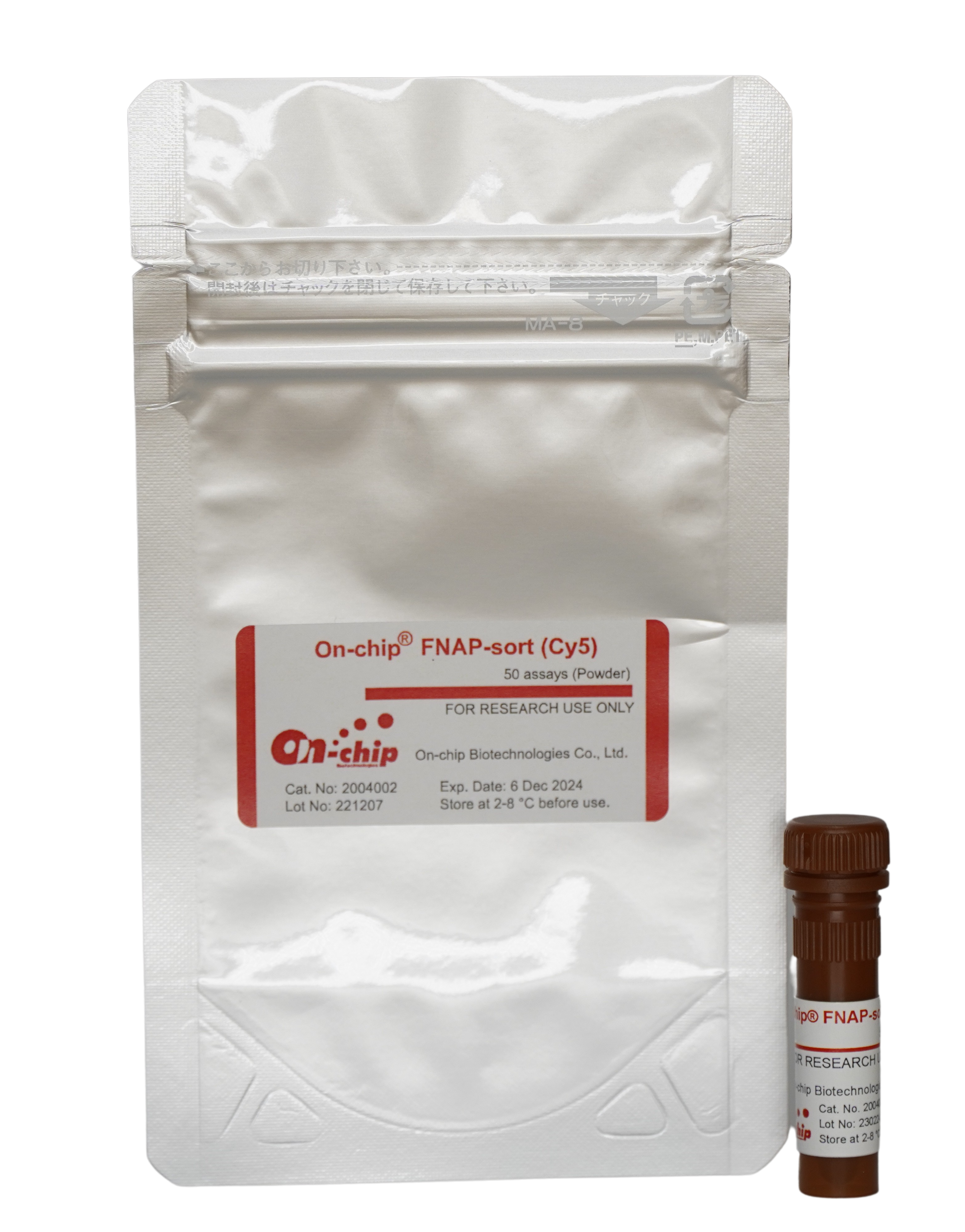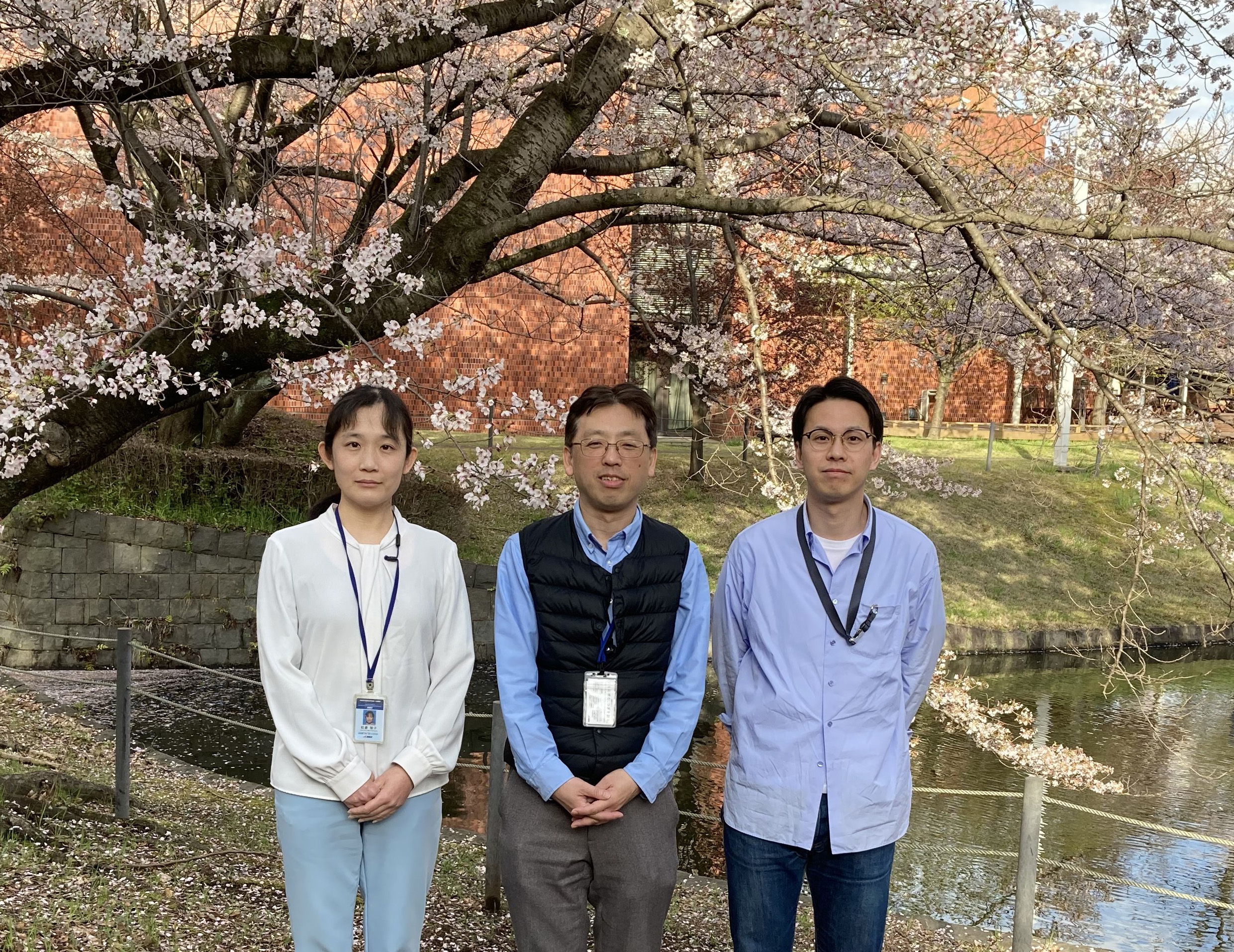Cooperation with companies
Artificial Nucleic Acid Reference Materials for Precision Control of Microbiome Analysis - 16S DNA Quantitative Standard for Microbiome -
The microbiome, which is composed of many different species of microorganisms, plays an important role in a variety of situations ranging from global environmental conservation to human health. Next-generation sequencers are widely used for its analysis. We are developing artificial nucleic acid standards for precision control of microbiome analysis (amplicon analysis by next-generation sequencers) targeting 16S ribosomal RNA (rRNA) gene as a marker gene. These standards are artificial nucleic acid molecules with artificial sequences that mimic bacterial genes and can be added to microbiome samples as internal standards during microbiome analysis. On July 30, 2024, Takara Bio Inc. began marketing a product developed based on these results.
Related Results:
Tourlousse D, et al. Synthetic spike-in standards for high-throughput 16S rRNA gene amplicon sequencing. Nucleic Acids Res. 2017 Feb 28; 45(4): e23.
Press Release:
AIST Press Release
Product Introduction:
New Standard for Absolute Quantitative Analysis of Bacterial Flora
16S DNA Quantitative Standard for Microbiome

Dieter Tourlousse
Yuji Sekiguchi
Microorganism Detection Reagent for Droplets On-chipⓇFNAP-sort
The wide variety of microorganisms that exist in the environment are closely related to our daily lives. Isolation, cultivation, and application of these microorganisms from the environment are expected in various fields such as academia, industry, and medicine. Recently, water-in-oil (w/o) droplets with diameters ranging from tens to hundreds of micrometers have been attracting attention as a method for isolating and culturing a wide variety of microorganisms in the environment. We have developed a nucleic acid probe that can detect microbial growth inside w/o droplets with high sensitivity using fluorescence. In order to make this microbial growth detection technology available to various users in academia and industry, we have licensed it to On-chip Biotechnologies Co., Ltd. and started sales. This is expected to enable users to isolate, cultivate, and apply microorganisms from various environments. If you are interested in screening industrial microorganisms or functional industrial useful enzymes from the environment, please feel free to contact us.
On-chip Biotecnologies

Related Patent Information:
Patent registration number: JP6942381
Title of the Invention: Cell proliferation detection method using fluorescence in water-in-oil emulsion culturing
Inventors: Naohiro Noda, Masamune Morita, Satoko Matsukura, et al.

S. Matsukura, N. Noda, M. Morita
Bioanalytical Research Group
Design That Prevents Specimen Mix-ups During PCR Operations
In clinical testing and drug development, there is a demand for rapid handling of a wide variety of specimens. For example, in PCR testing used for viral and genetic diagnosis, "multi-well plates" that handle 96 specimens simultaneously are used as the industry standard. However, the conventional product was prone to misjudging the specimen loading position, and mishandling (specimen mix-up) due to human error was a serious problem.
To address this problem, we have developed a new multi-well plate design that enables accurate and rapid testing (Patent No. JP6044916). By focusing on the operator's perspective of looking at the multi-well plate from a front diagonal direction, we succeeded in reducing the number of erroneous operations by attaching ID letters to the periphery of the wells. In addition to the PCR plate racks that have already been commercialized, this product can also be applied to cell culture plates and compound plates used in pharmaceutical development.
NIPPON Genetics Co., Ltd.
Related Patent Information:
Patent registration number: JP6044916
Title of the Invention: Multi-well plate
Inventor: Yoshio Kato

Yoshio Kato
Group Leader, Structure-Based Drug Discovery Research Group